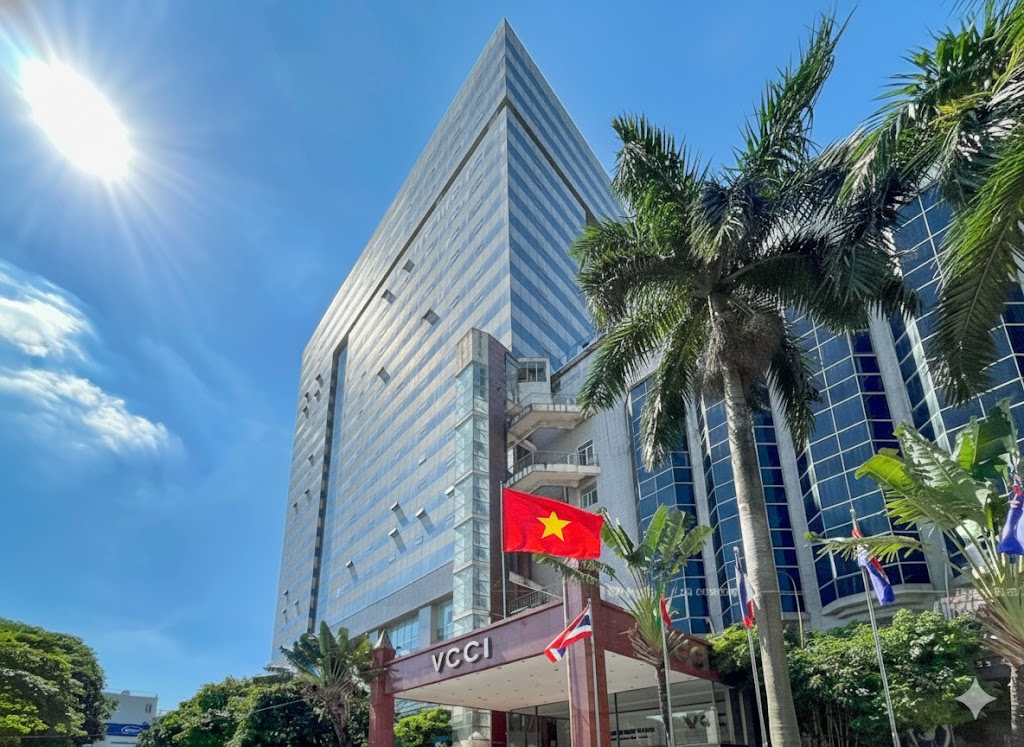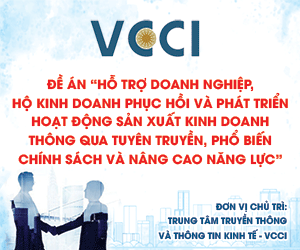Retail in Vietnam: Omnichannel takes off
During the course of the pandemic, non-store retailing sales have taken off and omnichannel retail is increasingly becoming the norm.

The “Ung ho nong san Viet” program was launched by the Saigon Union of Trading Cooperatives in collaboration with mobile payment platform Momo to support the local agricultural sector.
Despite a slowdown in growth over the last two years as a result of the COVID-19 pandemic, Vietnam’s economy is expected to make a speedy recovery in 2022. Buoyed by its progress in vaccinating its population and the lifting of some social distancing measures, its economy expanded by more than 5% in the first quarter of 20221. This bodes well for its retail sector, which has been experiencing rapid growth on the back of a relatively young consumer demographic with robust spending behaviours.
Vietnam’s retail landscape has been remade by the changes catalysed by the pandemic, and explore several emerging dynamics in the non-grocery and grocery segments. Overall, Deloitte has observed a radically remade retail landscape: in a short span of two years during the course of the pandemic, non-store retailing sales have taken off and omnichannel retail is increasingly becoming the norm.
Undoubtedly, there had already been a gradual shift towards omnichannel retail in the years prior to the pandemic. However, it was COVID-19 – and its accompanying social distancing measures – that truly accelerated this momentum.
Today, most Vietnamese consumers in urban areas are well-accustomed to omnichannel purchasing behaviours, making purchases not only through brick-and-mortar stores and brand websites, but also through a variety of different third-party instant messaging platforms and food delivery applications – toggling between each of them to find the right delivery slot for their convenience, or the right promotional deals.
From the perspective of retailers, Deloitte said the shift to omnichannel retail would represent a multifold strategy: by expanding their digital presences, retailers not only can mitigate some of the revenues losses associated with COVID-19 disruptions, but also tap into new customer bases. Specifically, through online or mobile platforms, retailers can now reach consumers who are located far away from their physical stores and have previously found it infeasible or impractical to visit them.

In addition, digital presences can also help retailers enhance their customer engagement: the e-commerce platform Shopee, for example, is one player that has leveraged the use of mobile games to enhance the overall user experience of its mobile application. Then, there is also the added benefit that a digital presence can help to drive traffic to physical stores, or vice versa. Customers searching and comparing product information online, for example, may decide to eventually visit a store to view the physical product before making a purchase. Conversely, they may browse products in different physical stores, before making the final purchase decision on the website.
As retail players seek to capitalise on this omnichannel trend, we are also witnessing the emergence of several new innovative partnerships within the marketplace. The “Ung ho nong san Viet” program, for example, was launched by the Saigon Union of Trading Cooperatives in collaboration with mobile payment platform Momo to support the local agricultural sector. Some of its recent initiatives include the promotional sales of locally grown lychees through the Momo e-wallet platform.








